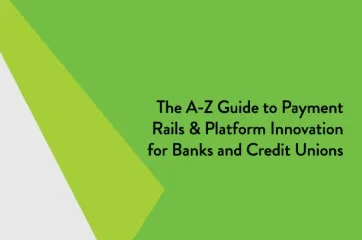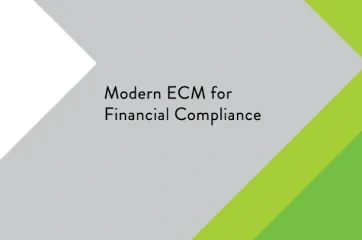Compared to UX, which generally refers to a user’s overall experience with a piece of software, the term “user interface” (UI) refers more specifically to the software’s visual appearance and functionality. The UI plays an integral role in a user’s perception of the software and is therefore a key component of UX design. In the banking industry, digital banking and the growth of other self-service solutions have led some banks and credit unions to be increasingly interested in topics like UI and UX.
User Interface in Digital Banking
The COVID-19 pandemic accelerated the adoption of digital banking solutions by financial institutions. Today, most banks and credit unions allow customers or members to access an online and/or mobile banking interface for performing self-service tasks, such as:
- Viewing account balances
- Reviewing transactions
- Transferring funds
- Managing credit and debit cards
- Browsing loan offers
- Depositing checks
- Making peer-to-peer payments
- Updating personal information
- Contacting branch staff
User Interfaces that Appeal to a Variety of Personas
To design an effective software user interface, developers must obtain an accurate understanding of the potential user base as well as the ideal user experience.
Demographic trends, such as younger generations’ preference for mobile banking.
Psychographics, such as digital banking habits among introverts and extroverts.
Device utilization, such as the emergence of “foldable” smartphones and wearables.
Ease of use and navigation for all users, such as how navigational changes in a mobile banking app will impact UX, especially for those with visual or tactile disabilities.
Cross-platform consistency, such as a user’s perception when moving between online and mobile banking applications.
Read additional banking definitions. Visit Alogent’s Innovation Hub for on-demand access to dozens of resources, including videos, industry papers, and case studies.







